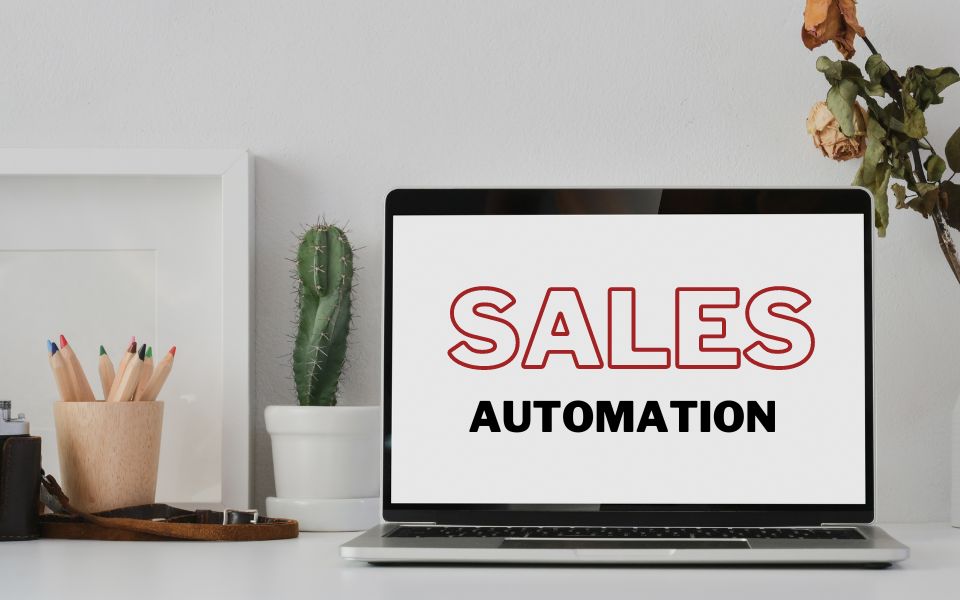Maximising Your Lead Generation with Automated Email Follow Ups
Are you tired of feeling like you're constantly playing catch-up with your leads? Do you wish there was a way to nurture and convert more of your leads into paying customers, without having to work around the clock? If so, automated follow-up emails might just be the solution you've been looking for.
Think of it this way: following up on leads is like tending to a garden. Without proper follow-up, your leads will wither and die (okay, maybe that's a bit dramatic). But with the right automated follow-up system in place, you can nurture your leads and watch them blossom into paying customers.
In this article, we'll go over the benefits of using an automated follow-up system for your sales process, and show you how to set up and optimise your own system using tools like HubSpot. We'll even throw in some gardening analogies for good measure (because who doesn't love a good plant metaphor?). By the end, you'll have a solid understanding of how to use automated follow-up emails to maximise your lead generation and improve your sales.
So, if you're ready to turn your lead garden into a thriving paradise, read on!
The Benefits of Automated Follow-Up Emails
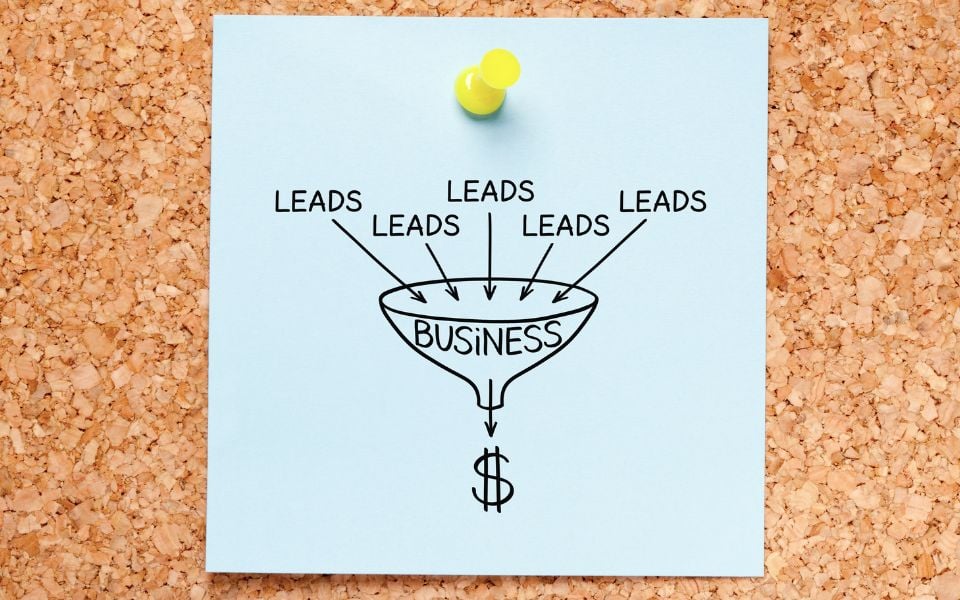
Automated follow-up emails have a number of benefits for businesses, particularly for those with limited time and resources. Here are a few key advantages of using an automated follow-up system:
Time-saving
One of the biggest benefits of automated follow-up emails is the time they save. Rather than manually crafting and sending individual follow-up emails, you can set up a series of automated emails to be sent at predetermined intervals. This frees up time for you to focus on other tasks, while still ensuring that your leads receive the follow-up they need.
Increased efficiency
Automated follow-up emails also increase efficiency by allowing you to set up personalised and targeted email campaigns. Rather than sending the same generic message to every lead, you can create customised email sequences based on specific criteria, such as the lead's industry or the stage of the sales funnel they're in. This ensures that your leads receive relevant and valuable information, which can help move them closer to conversion.
Improved personalization
Along with increased efficiency, automated follow-up emails also allow for improved personalization. With the use of personalization tokens and dynamic content, you can create highly personalised emails that address the individual needs and interests of each lead. This level of personalization can help increase engagement and build trust with your leads.
Overall, automated follow-up emails are like having a team of gardeners tending to your leads. They save time and effort compared to manual follow-up, and allow for targeted and personalised care for each lead.
Setting Up an Automated Follow-Up System
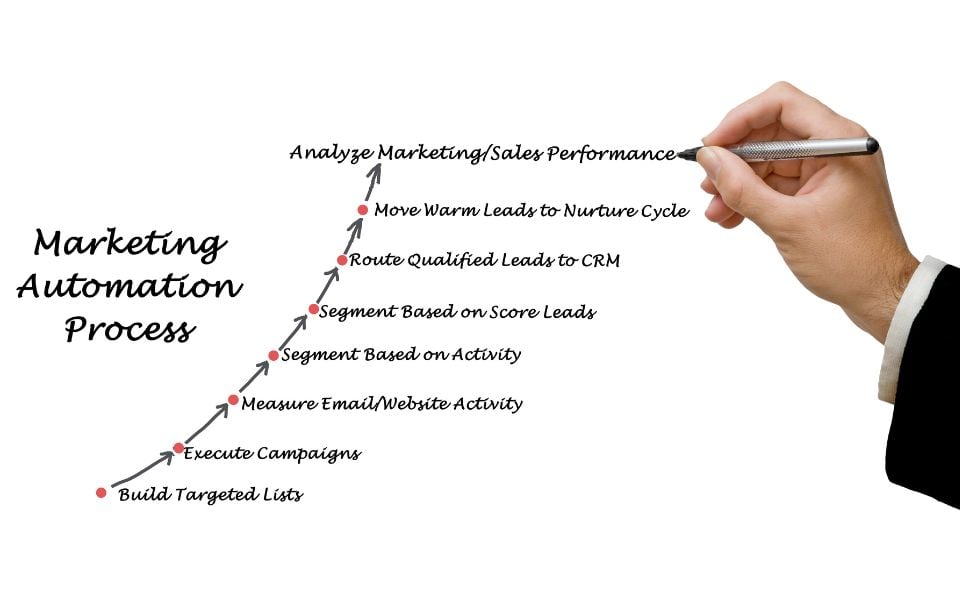
If you're convinced that automated follow-up emails are right for your business, the next step is to set up your own automated follow-up system. Here's how to get started:
Choosing a tool
There are a number of tools available for setting up automated follow-up emails, including popular sales automation options like HubSpot, Mailchimp, and ActiveCampaign. Consider your budget, the features you need, and how easy the tool is to use before making a decision.
Setting up email sequences and marketing workflows
Once you've chosen a tool, you'll need to set up your email sequences and marketing workflows. This involves defining the triggers that will initiate the emails (e.g. a lead filling out a form on your website), as well as the content and frequency of the emails. It's a good idea to start with a small number of emails and gradually build up from there, testing and optimising as you go.
Setting up an automated follow-up system is like building a greenhouse for your leads. It provides a structured and controlled environment for nurturing leads, and allows for easy customization and management. With a little bit of planning and setup, you can create a powerful automated follow-up system that will help you convert more of your leads into customers.
Best Practices for Automated Follow-Up Emails
While automated follow-up emails can be a powerful tool for boosting sales, it's important to use them effectively in order to get the best results. Here are some best practices to keep in mind:
- Personalization and segmentation: Personalization is key when it comes to automated follow-up emails. By using personalization tokens and segmenting your leads based on criteria such as industry, location, or stage in the sales funnel, you can create targeted and relevant emails that are more likely to resonate with your leads.
- Testing and optimization: Regular testing and optimization is essential for improving the effectiveness of your automated follow-up emails. Try A/B testing different subject lines, email content, and call-to-actions to see what works best for your audience.
- Consistency and frequency: Consistency and frequency are also important factors to consider when it comes to automated follow-up emails. Make sure to set up a schedule that is appropriate for your audience and stick to it, and be clear about what the recipient can expect in terms of future emails.
Tailoring emails to individual leads ensures they receive relevant and valuable information, constant testing and improvement helps the garden thrive, and consistency and regular attention is necessary for long-term success. By following these best practices, you can create automated follow-up emails that effectively nurture and convert your leads.
Common Mistakes to Avoid with Automated Follow-Up Emails
While automated follow-up emails can be a valuable tool for businesses, it's important to avoid common mistakes that can harm your efforts. Here are a few pitfalls to watch out for:
Over-emailing or spamming leads
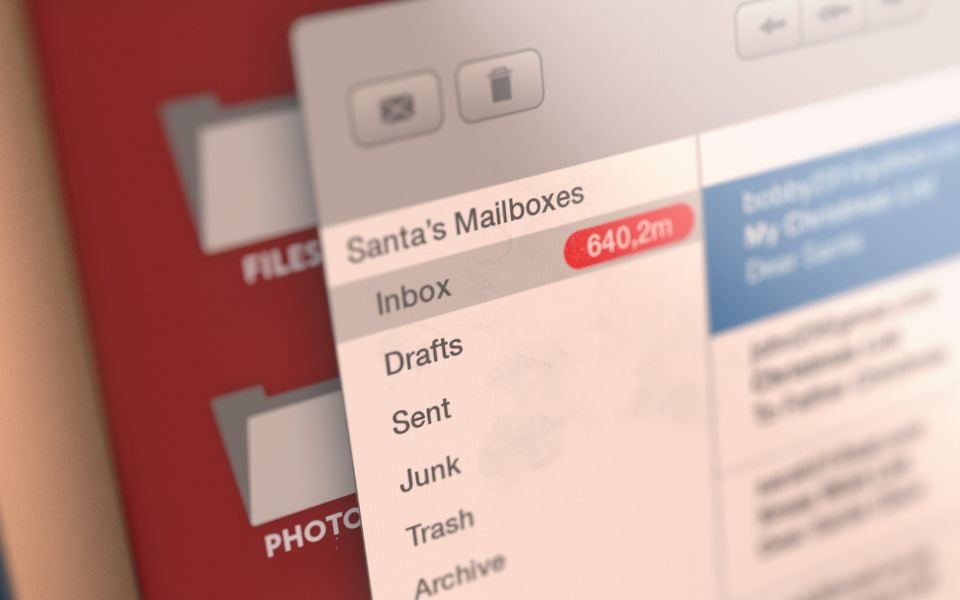
It's important to strike a balance with your automated follow-up emails. Sending too many emails can be overwhelming for your leads and lead to unsubscribes or complaints. On the other hand, not sending enough emails can result in missed opportunities. It's a good idea to start with a small number of emails and gradually increase as you see how your leads respond.
Lack of personalization
Personalization is key when it comes to automated follow-up emails. Failing to use personalization tokens or segment your leads can result in generic and unengaging emails that are less likely to convert.
Neglecting to A/B test and optimise
Regular testing and optimization is essential for improving the effectiveness of your automated follow-up emails. Failing to A/B test different elements of your emails can result in missed opportunities for improvement.
Avoiding these mistakes is like avoiding common pitfalls in gardening. Overwatering or using too much fertiliser can harm the plants, neglecting to prune and shape the garden can result in a cluttered and unorganised appearance, and failing to adjust for different conditions (e.g. weather, soil quality) can lead to poor growth. By being mindful of these mistakes, you can ensure that your automated follow-up emails are effective and successful.
Tips for Crafting the Perfect Automated Follow-Up Email Sequence
If you're planning to set up an automated follow-up email sequence, it's important to take the time to craft a sequence that is effective and compelling. Here are a few tips to keep in mind:
- Identify your goals and target audience: Before you start creating your email sequence, it's important to have a clear understanding of your goals and who your target audience is. This will help you determine the content, tone, and frequency of your emails.
- Determine the frequency and length of emails: The frequency and length of your emails will depend on your goals and audience, as well as the stage of the sales funnel your leads are in. It's a good idea to start with a small number of emails and gradually increase as you see how your leads respond.
- Use a clear and compelling subject line: The subject line of your emails is often the first thing that your leads see, so it's important to make it count. Use a clear and compelling subject line that clearly communicates the value of the email and encourages the recipient to open it.
Creating a successful email sequence is like designing a well-planned garden. Clearly defined goals and target audience help determine the layout and content of the garden, careful consideration of timing and frequency helps ensure the garden stays healthy and well-maintained, and a strong and attractive subject line is like the entrance to the garden, drawing in visitors and encouraging them to explore further. By following these tips, you can craft an automated follow-up email sequence that effectively nurtures and converts your leads.
Examples of Automated Follow-Up Emails

To give you an idea of what automated follow-up emails might look like in practice, here are a few examples of email sequences that could be used in different scenarios:
Lead generation automatic follow up emails
If your goal is to generate new leads, you might use an automated follow-up email sequence like this:
Email 1: Introduction email, with a brief overview of your company and what you do
Email 2: Case study or success story, highlighting the benefits of your product or service
Email 3: Special offer or discount, with a clear call-to-action to learn more or sign up
Product launch auto follow up messages
If you're launching a new product, you might use an automated follow-up email sequence like this:
Email 1: Introduction email, with details about the new product and its features
Email 2: Customer testimonials or case studies, demonstrating the benefits of the product
Email 3: Special offer or bundle deal, with a clear call-to-action to purchase
Customer retention auto follow ups
If your goal is to retain existing customers, you might use an automated follow-up email sequence like this:
Email 1: Thank-you email, expressing gratitude for the customer's business
Email 2: Tips and resources related to your product or service, to help the customer get the most out of it
Email 3: Special offer or discount, to encourage repeat purchases
These are just a few examples, but the possibilities for automated follow-up emails are virtually endless. By identifying your goals and target audience, and using clear and compelling language, you can create an automated follow-up email sequence that effectively nurtures and converts your leads.
The Role of Personalization in Automated Follow-Up Emails
Personalization is a key factor in the success of automated follow-up emails. By using personalization tokens and dynamic content, you can create highly personalised emails that address the individual needs and interests of each lead. Here are a few tips for personalising your automated follow-up emails:
- Use personalization tokens: Personalization tokens allow you to insert dynamic content into your emails, such as the recipient's name or company name. This helps create a more personalised and engaging experience for the recipient.
- Segment your leads: Segmenting your leads based on criteria such as industry, location, or stage in the sales funnel allows you to create targeted and relevant emails for each group. This helps increase the effectiveness of your emails and makes them more likely to convert.
- Use dynamic content: Dynamic content allows you to show different content to different recipients based on certain criteria, such as the recipient's location or interests. This helps ensure that each recipient receives relevant and valuable information, and can improve the overall effectiveness of your emails.
Personalization in automated follow-up emails is like adding unique touches to your garden. Tailoring emails to individual leads helps them feel valued and engaged, and adding personal touches, such as using the recipient's name or referencing their previous interactions, can make a big difference in the effectiveness of the emails. By using personalization tokens, segmenting your leads, and using dynamic content, you can create highly personalised and effective automated follow-up emails.
Maximising the ROI of Your Follow-Up Email Automation Strategy
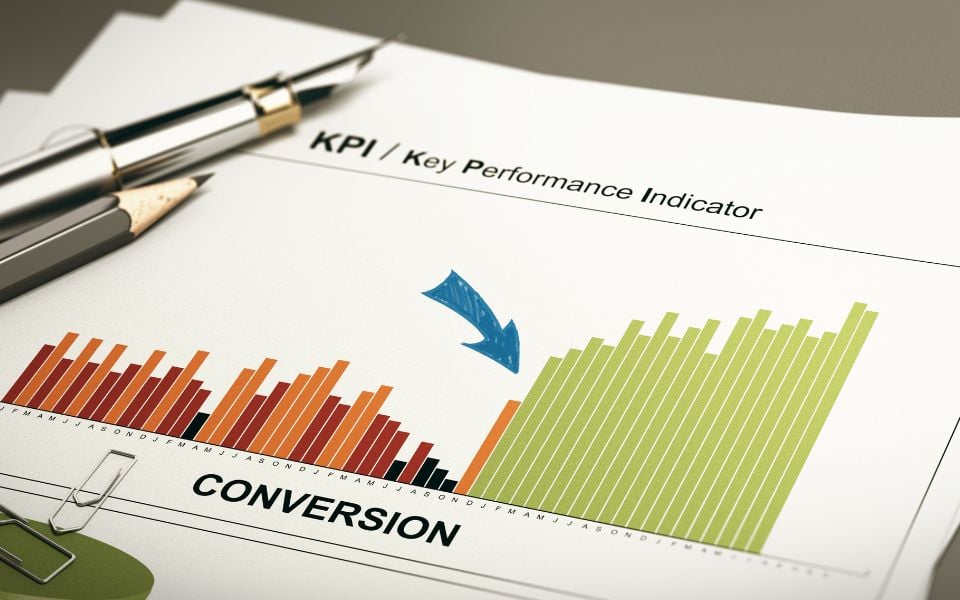
When it comes to maximising the return on investment (ROI) of your follow-up email automation strategy, there are a few key factors to consider:
Tracking and measuring results
To determine the ROI of your follow-up email automation strategy, it's important to track and measure your results. Use tools such as Google Analytics or your email marketing platform's analytics to track metrics such as open rates, click-through rates, and conversion rates. This will help you understand what's working and what's not, and allow you to make adjustments accordingly.
Optimise for conversions
In order to maximise the ROI of your follow-up email automation strategy, it's crucial to optimise for conversions. This involves regularly testing and optimising your emails to ensure they are performing at their best, and using clear and compelling calls-to-action to encourage conversions.
Focusing on quality over quantity
It's important to remember that quality is more important than quantity when it comes to follow-up email automation. Rather than trying to send as many emails as possible, focus on creating high-quality, targeted emails that are more likely to convert.
Maximising the ROI of your follow-up email automation strategy is like maximising the yield of a garden. By tracking and measuring results, optimise for conversions, and focusing on quality over quantity, you can ensure that your efforts are as effective and efficient as possible, resulting in a higher return on your investment.
Conclusion
In summary, automated follow-up emails are a powerful tool for businesses looking to nurture and convert leads, and can provide a number of benefits including time-saving, increased efficiency, and improved personalization. By setting up an automated follow-up system and following best practices such as personalization, testing and optimization, and consistency, you can create an effective automated follow-up email strategy that helps your business grow.
By using automated follow-up emails, you can turn your lead generation efforts into a thriving garden, full of potential customers ready to be nurtured and converted. So if you're ready to take your sales to the next level, give automated follow-up emails a try and see the results for yourself!



